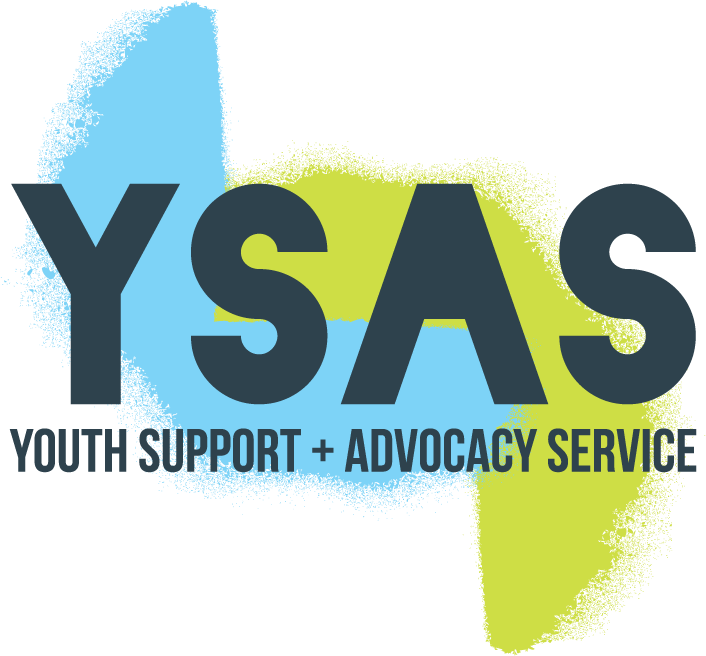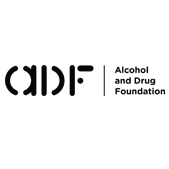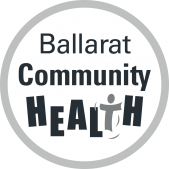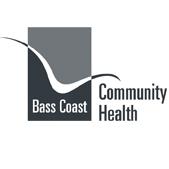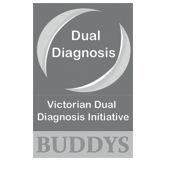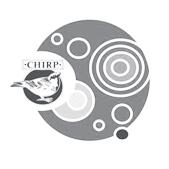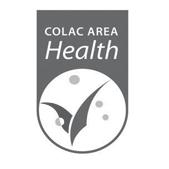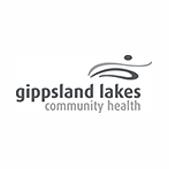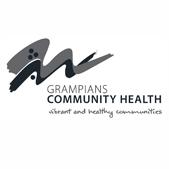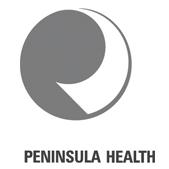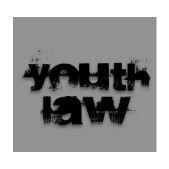Research
Roadside Drug Testing: How does it work?
Due to their somewhat indefinite nature, one would likely be forgiven for a vague understanding of the ins and outs of roadside drug testing and the laws surrounding driving under the influence of an illicit substance.
When it comes to alcohol, the limits are pretty clear. Probationary drivers of any kind must retain a blood alcohol concentration (BAC) of .00 and individuals on a full license must remain under .05 BAC. Vic Roads and the Australian Drug Foundation (ADF) have plenty of further reading pertaining to this along with harm minimisation information.
Road side testing for alcohol using a breathalyser has remained fairly systematic and accurate for some time. However testing for illicit substances is not as clear cut. It is important to note that In Victoria (as with every other Australian state and territory) there is no distinguishing between impairment and having detectable traces of a drug in ones system.
Roadside saliva testing can detect the following illicit substances:
- THC, the active component in cannabis
- Methamphetamine
- MDMA
The detection period for these substances is where things start to get a bit less concrete. A recent article in the Tweed Daily News points to the very problematic outcomes this can have for drivers testing positive to THC despite reporting it had been days and even weeks since they had last used cannabis. The ADF outlines detection times for these substances.
There are also separate fines and penalties for combined drink and drug driving. This is particularly important to be aware of when it comes to detection times for illicit substances. You can read a more detailed breakdown of detection times for illicit substances.
Further statistical and educational information in regards to drugs and driving can be found on the ADF and Vic Roads websites.




